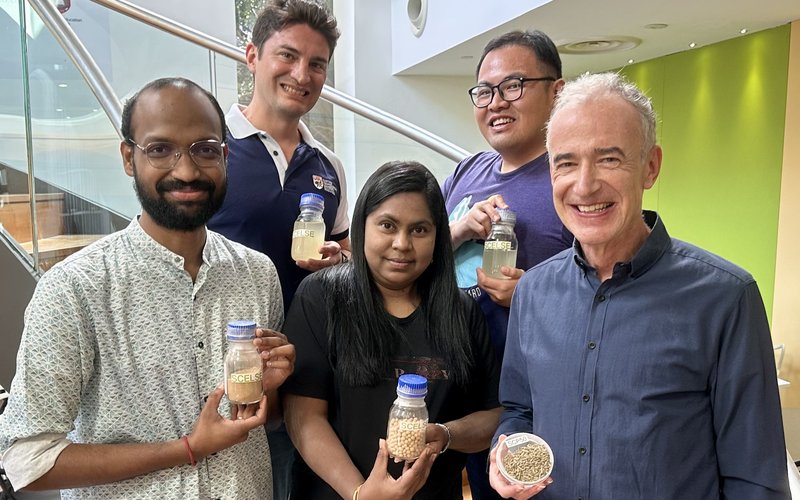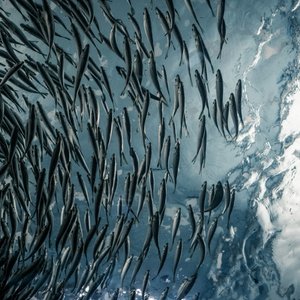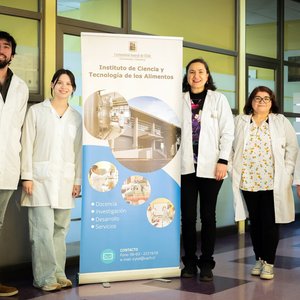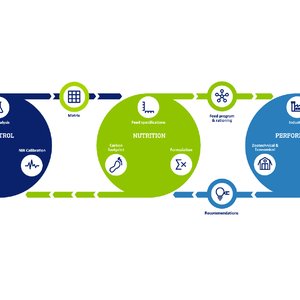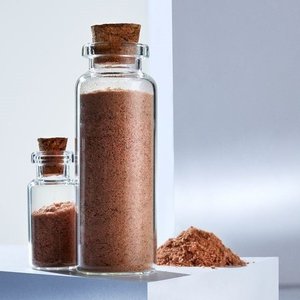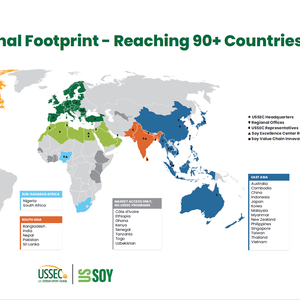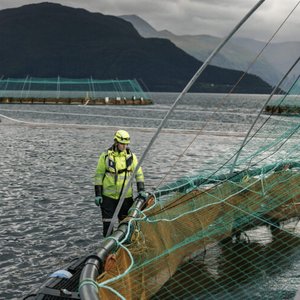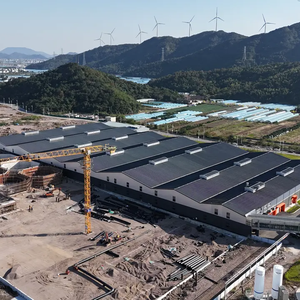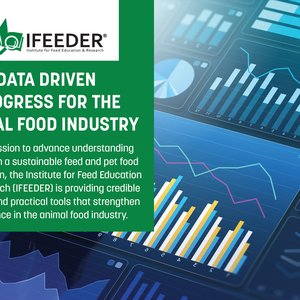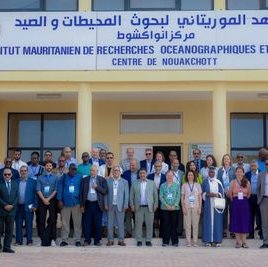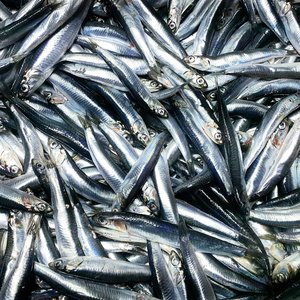As the feed industry explores novel protein ingredients, single-cell protein (SCP) has emerged as a sustainable option for aquafeeds due to its safety and consistent composition. A key advantage of SCP is its versatility – it can be derived from various feedstocks, including nutrient-rich wastewaters, offering significant sustainability benefits.
SCP production can occur with or without a microbial inoculum, depending on whether the feedstock itself provides the necessary microorganisms. Researchers from the Singapore Centre for Environmental Life Sciences Engineering (SCELSE) and Nanyang Technological University first approached soybean-processing wastewater characterizing its microbial community, producing SCP and assessing its protein content and safety as fish feeds.
The impact of variations in soybean-processing wastewater on SCP quality was evaluated using four replicate sequencing batch reactors over 92 days. The microbial community-based SCP grown on soybean wastewater demonstrated high consistency, with replicates showing similar patterns of biomass growth and protein accumulation. The dry microbial biomass exhibited a protein content of 39.8 ± 5.8%, and the yield was 17.7 ± 1.7 g dry weight/g soluble total Kjeldahl nitrogen (sTKN). While high biomass yields were achieved, they did not always correlate with high protein yields, likely due to the accumulation of other intracellular components.
Azospirillum, a nitrogen-fixing bacterium, was the prevalent SCP-producing genus in all replicates at a relative abundance of 40.6 ± 5.1%. The organism was not detected in wastewater, where Lactococcus and Weissella dominated.
The SCP contained essential amino acids, making it a suitable supplement to conventional animal diets. It was also deemed safe for fish due to the extremely low abundance of fish-pathogen-like sequences (< 0.009%) as determined by metabarcoding.
This study showed the consistent production of microbial community-based SCP from food-processing wastewater and addressed its feed safety through pathogen screening. These findings highlight the potential of SCP to replace protein in traditional animal feed and contribute to sustainable aquaculture practices.
“The ultimate goal is to transform industries, so waste gets cycled back into production rather than ending up in landfills,” said Ezequiel Santillan, senior research fellow, senior project manager at Environmental Engineering Cluster (SCELSE-NTU), to Aquafeed.com.
The researchers noted that further investigation is needed to evaluate performance parameters using a microbial community-based inoculum, optimized feeding strategies, and replicate reactor systems to enhance robustness and reliability.
The team is working on developing an industrial-scale demonstration facility capable of producing tons of microbial protein, showcasing the economic feasibility of this sustainable solution.
Find more information on this video.
Reference:
Ramanujam Srinivasan Vethathirri, Ezequiel Santillan, Yissue Woo, Sara Swa Thi, Hui Yi Hoon, Stefan Wuertz. Towards sustainable aquafeeds: safe and consistent microbial protein grown on food-processing wastewater, Cleaner and Circular Bioeconomy, 2025, 100139, ISSN 2772-8013, https://doi.org/10.1016/j.clcb.2025.100139
Santillan, E., Yasumaru, F., Vethathirri, R.S. et al. Microbial community-based protein from soybean-processing wastewater as a sustainable alternative fish feed ingredient. Sci Rep 14, 2620 (2024). https://doi.org/10.1038/s41598-024-51737-w


